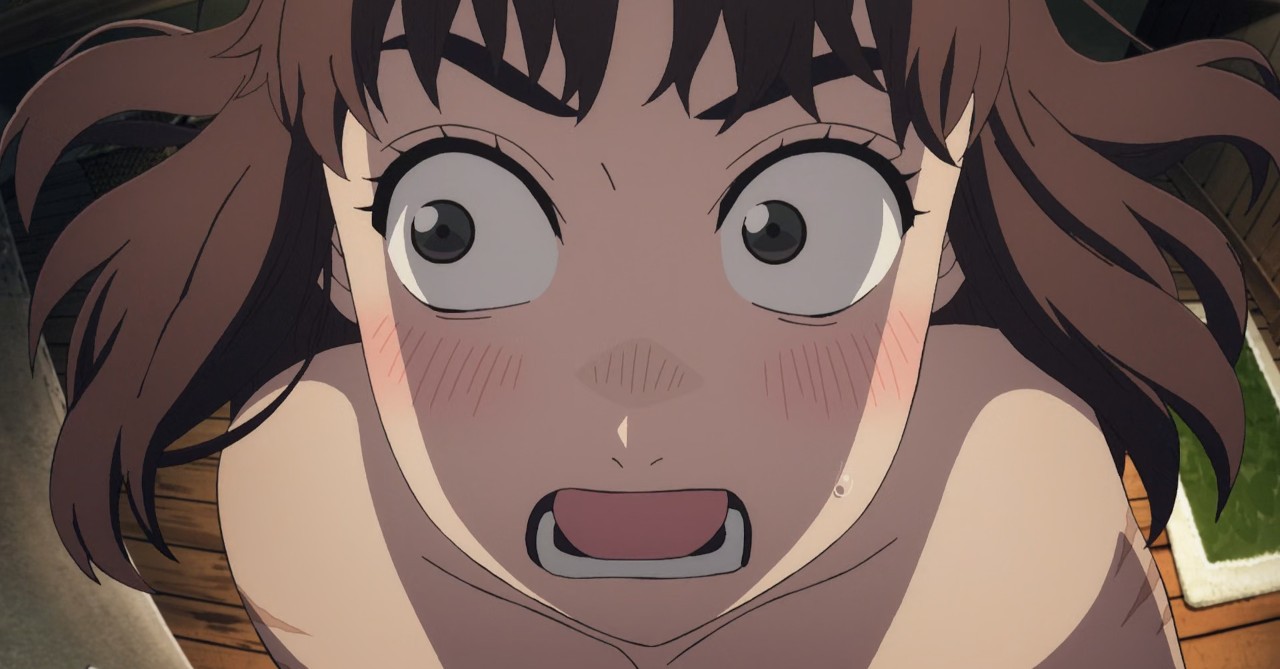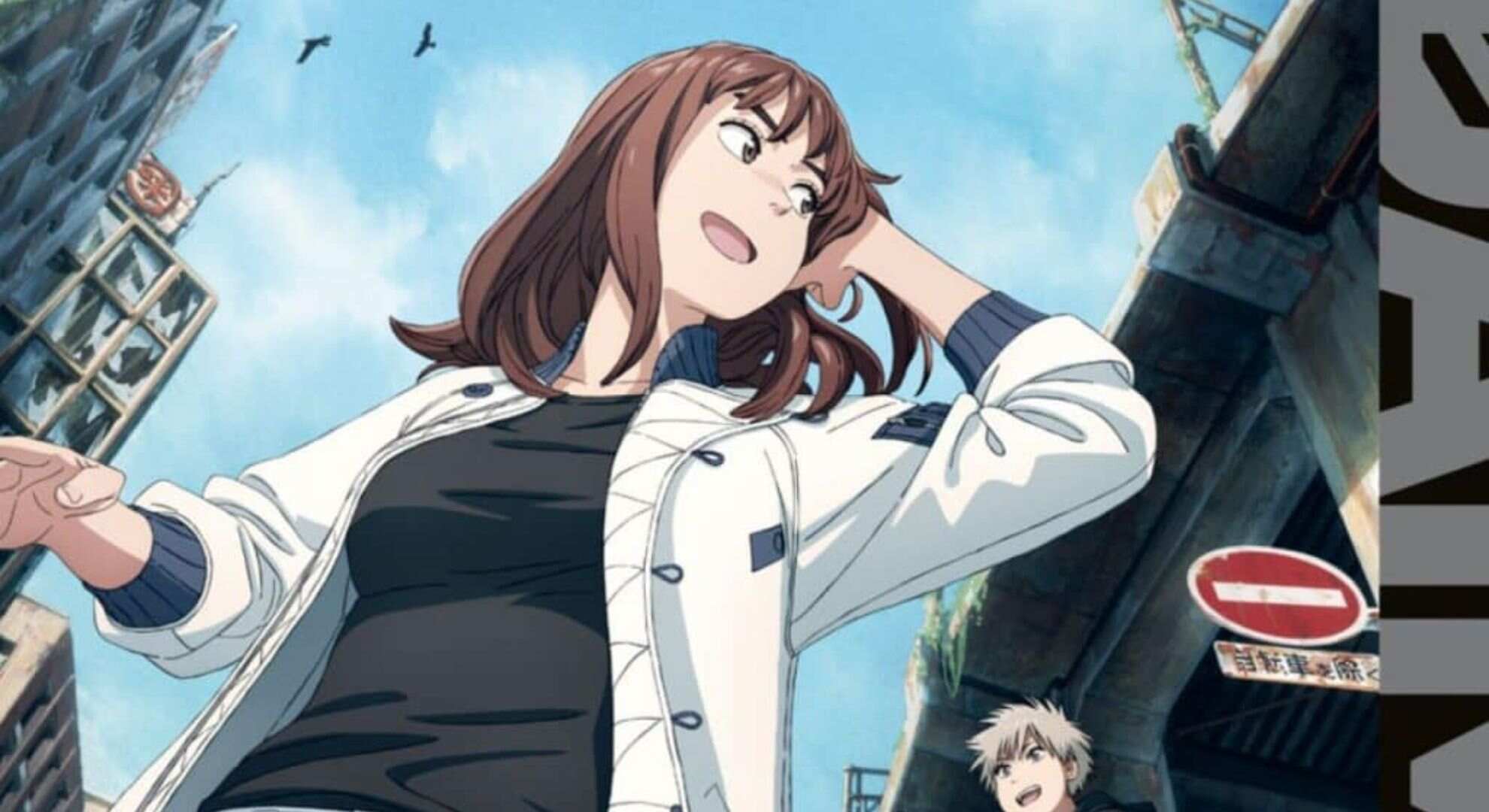Embark on a literary odyssey with Heavenly Delusion Chapter 32, where captivating characters, intricate symbolism, and masterful storytelling intertwine to create an unforgettable reading experience.
In this chapter, we delve into the complexities of Tohru’s character, exploring her motivations, conflicts, and relationships. Through her journey, we unravel the profound themes and symbols that shape the narrative’s landscape.
Heavenly Delusion Chapter 32 Summary
In Chapter 32 of Heavenly Delusion, the narrative delves into the aftermath of the harrowing events that transpired in the previous chapter. The protagonist, Ming, grapples with the profound consequences of her encounter with the enigmatic entity known as the “Celestial.” As she struggles to come to terms with her newfound abilities and the burden of her destiny, Ming finds herself at a crossroads, torn between her desire for a normal life and the overwhelming responsibilities that now rest upon her shoulders.
Ming’s Inner Turmoil
The chapter opens with Ming wrestling with intense emotional turmoil. She is haunted by visions of the Celestial and the apocalyptic events that he has foretold. The weight of her newfound knowledge weighs heavily upon her, and she questions her ability to bear the burden of saving the world.
Confrontation with the Guild
Ming’s solitude is shattered when she is confronted by members of the enigmatic “Guild,” a shadowy organization that has been tracking her movements. The Guild demands that she surrender her powers, believing that she poses a threat to their clandestine operations. Ming refuses, leading to a tense confrontation that tests her resolve.
A Glimpse of the Celestial’s Past
As the conflict between Ming and the Guild escalates, the Celestial intervenes, revealing a fragment of his enigmatic past. He speaks of his own struggles and the sacrifices he has made to protect the world from an ancient evil. Ming is left to ponder the implications of the Celestial’s words, as she grapples with her own destiny.
The Power of Choice
In a pivotal moment, Ming is given the choice to either embrace her destiny or reject the burden of her powers. The Celestial urges her to follow her own path, reminding her that true strength lies not only in power but also in the choices she makes.
Ming’s Decision, Heavenly delusion chapter 32
After a moment of profound introspection, Ming makes a fateful decision. She chooses to accept her destiny, recognizing that the fate of the world rests upon her shoulders. With newfound resolve, she vows to confront the darkness that threatens to consume the realm.
Character Analysis: Tohru
In Chapter 32 of “Heavenly Delusion,” Tohru’s characterization deepens, showcasing her motivations, conflicts, and relationships with other characters.
Tohru’s primary motivation remains her unwavering love for her friend and mentor, Shinobu. This love drives her to seek revenge against those who have wronged Shinobu and to protect her from further harm. However, her intense emotions often lead to reckless and impulsive actions, putting herself and others at risk.
Relationships with Other Characters
Tohru’s relationship with Shinobu is the central axis around which her character revolves. Her unwavering loyalty and protectiveness toward Shinobu shape her interactions with others.
Her relationship with Shigure is complex and evolving. Initially hostile toward him due to his perceived betrayal of Shinobu, Tohru gradually comes to understand his complexities and motivations. This growing understanding leads to a begrudging respect between them.
Tohru’s interactions with the other Sohma family members are primarily driven by her desire to protect Shinobu and her friends. Her confrontations with Akito and her interactions with Kyo and Yuki reveal her determination to break the curse that afflicts them.
Symbolism and Motifs: Heavenly Delusion Chapter 32

Chapter 32 of Heavenly Delusion is replete with symbols and motifs that enhance the story’s themes and create a distinct atmosphere. These elements contribute to the narrative’s depth and provide insights into the characters’ motivations and the world they inhabit.
The following table Artikels some of the key symbols and motifs present in the chapter, along with their descriptions and interpretations:
| Symbol/Motif | Description | Interpretation |
|---|---|---|
| The Dragon | A mythical creature that appears in Tohru’s dream. | Represents Tohru’s inner turmoil and his struggle to control his emotions. |
| The River | A body of water that Tohru crosses in his dream. | Symbolizes the boundary between the conscious and subconscious mind. |
| The Red Scarf | A piece of clothing worn by Tohru’s mother. | Represents the connection between Tohru and his past. |
| The White Rabbit | A creature that Tohru encounters in his dream. | Represents the concept of time and the urgency of Tohru’s quest. |
These symbols and motifs work together to create a rich and complex tapestry that enhances the story’s themes of identity, memory, and the search for truth.
Literary Devices and Techniques
Chapter 32 of Heavenly Delusion showcases the author’s skillful use of literary devices and techniques to enhance the storytelling, create a captivating atmosphere, and convey deeper meanings.
The chapter employs various literary devices to create vivid imagery, evoke emotions, and engage the reader’s imagination.
Metaphors and Similes
The author employs metaphors and similes to create vivid and imaginative descriptions. For instance, the “sliver of moon” is likened to “a fingernail paring,” capturing its small and delicate appearance.
Personification
The author uses personification to imbue non-human elements with human qualities. The “wind” is described as “whispering” secrets, adding a touch of mystery and enchantment to the scene.
Foreshadowing
Foreshadowing is employed to hint at future events or developments. The mention of “a shadow lurking in the distance” suggests an impending threat or danger, creating a sense of suspense.
Imagery
The chapter is rich in sensory imagery, appealing to the reader’s senses of sight, sound, and touch. The “faint glow of the moon” and the “crickets chirping in the distance” create a serene and evocative atmosphere.
Symbolism
Symbolism is used to convey deeper meanings and create connections between characters and events. The “moon” can be interpreted as a symbol of hope and guidance, while the “shadow” represents hidden dangers or secrets.
Epilogue

As we reach the end of Heavenly Delusion Chapter 32, we are left with a tapestry of emotions and insights. The characters’ struggles, the symbolism’s depth, and the author’s masterful use of literary devices have left an indelible mark on our minds.
This chapter serves as a testament to the power of storytelling, reminding us of the transformative impact it can have on our perspectives and understanding of the world.
Clarifying Questions
What is the significance of the dragon symbol in Chapter 32?
The dragon represents Tohru’s inner strength and resilience. It symbolizes her ability to overcome challenges and emerge victorious.
How does Tohru’s relationship with Yona evolve in this chapter?
Tohru and Yona’s relationship deepens as they face adversity together. They learn to trust and rely on each other, forming an unbreakable bond.